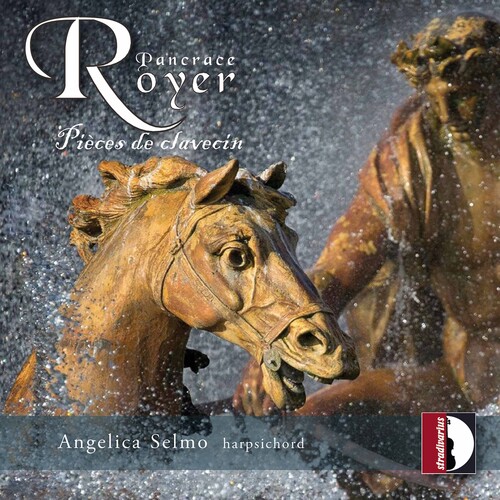Show results for
Deals
- 4K Ultra HD Sale
- 50s Films Sale
- Action Sale
- Alternative Rock Sale
- Anime sale
- Award Winners Sale
- Bear Family Sale
- Blu ray Sale
- Blues on Sale
- British Sale
- Christmas in July
- Classical Music Sale
- Comedy Music Sale
- Comedy Sale
- Country Sale
- Criterion Sale
- Drama Sale
- Electronic Music sale
- Folk Music Sale
- Horror Sci fi Sale
- Kids and Family Sale
- Metal Sale
- Music Video Sale
- Musicals on Sale
- Mystery Sale
- Naxos Label Sale
- Page to Screen Sale
- Paramount Sale
- Rap and Hip Hop Sale
- Reggae Sale
- Rock
- Rock and Pop Sale
- Rock Legends
- Soul Music Sale
- TV Sale
- Vinyl on Sale
- War Films and Westerns on Sale

Pieces De Clavecin
- Format: CD
- Release Date: 9/3/2021

Pieces De Clavecin
- Format: CD
- Release Date: 9/3/2021
- Label: Stradivarius
- UPC: 8011570371911
- Item #: 2419756X
- Genre: Classical
- Release Date: 9/3/2021

Product Notes
The first half of the XVIII century witnessed the triumph of the harpsichord. The 1685 generation gave a solid contribution to the development of the proceeding: this was the year when Bach, Händel and Scarlatti were born. A remarkable generation, along with the composers of the French court such as Couperin and, in the following years, Rameau. But, in addition, other minor authors must be mentioned. While most of the anthologies quoted Fisher, Fiocco, Daquin and Balbastre, some of the minor composers have been forgotten for many decades. Nowadays such an incomplete review would not go unnoticed. Therefore, we want to start mentioning an unrevealed personality: J. N. Pancrace Royer (1705 - 1755), author of the Premier livre de pièces de clavecin. His name represents an unprecedented success for the fine art of the harpsichord in the first half of the XVIII century. It's mastery, fully equal to the art of Rameau, is still to be entirely recognized and appreciated. The dualism between the two authors, Royer and Rameau, is detectable at several points of their careers. Here we want to mention the Marche des Persans by Rameau, followed by the outstanding La Marche des Scythes. This is the historical background that the present work, interpreted by Angelica Selmo, wants to consolidate. The aim is to bring attention to the compositions of Royer after many years of under evaluation.

